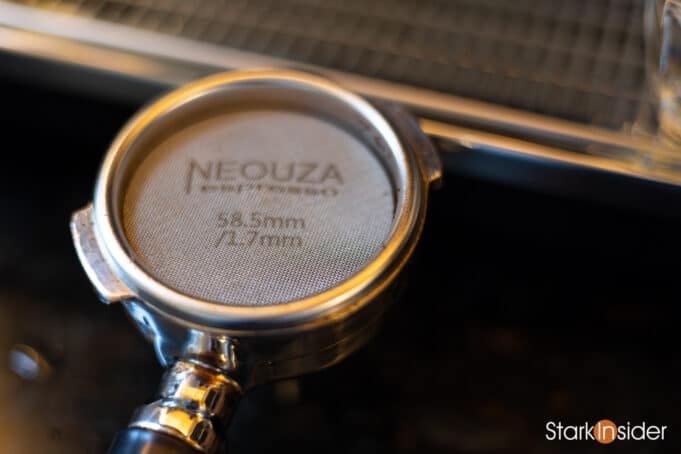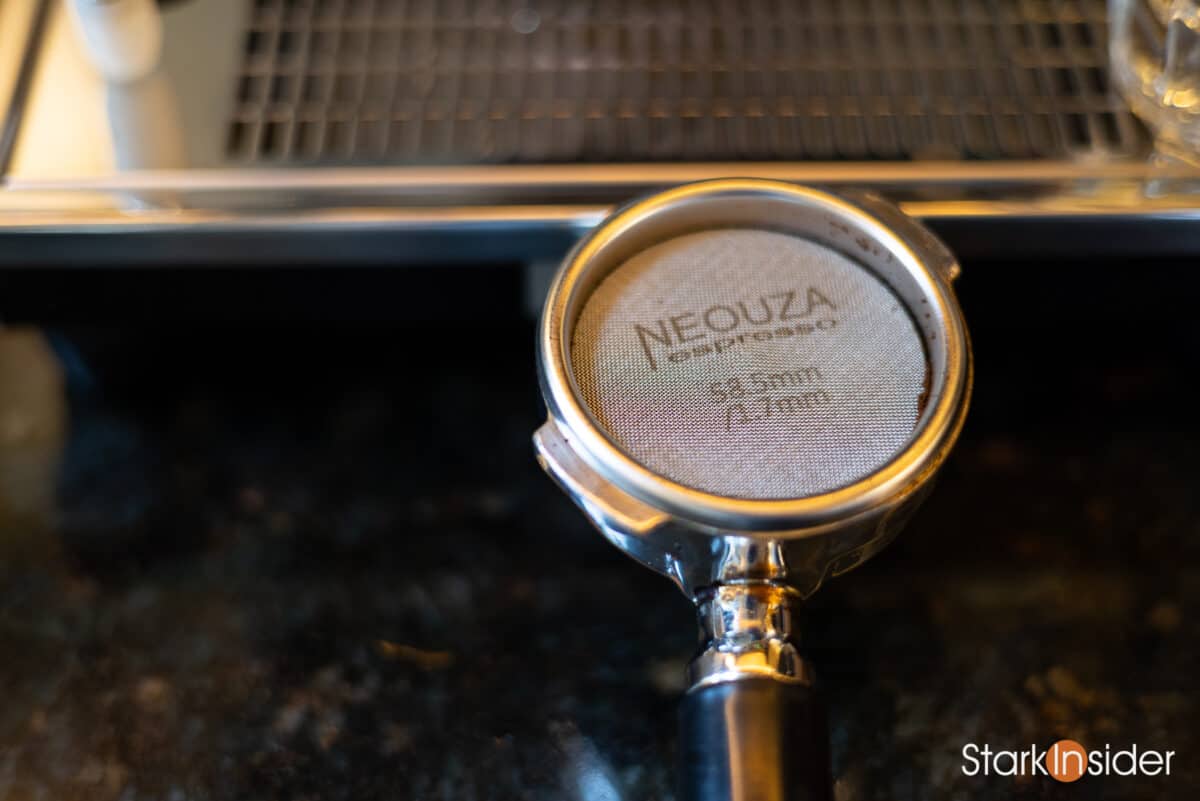After 2 Years with a Puck Screen, Here’s What I’ve Learned (2025 Update)
It’s been two years since I first integrated a puck screen into my espresso workflow, and I’m still getting outstanding results. Really, I should’ve done this sooner!
Clean pucks, less mess on the shower screen, and delicious shots with abundant crema. I’ve even discovered neat walnut puck screen stands—perfect if you want a stylish place to store your screen. (Though resting it on the drip tray to dry after rinsing works fine too.)
These days, there seems to be endless espresso sorcery: WDT, distributors, portafilter funnels, timers, scales. Perhaps these accessories satisfy our espresso obsession, reassuring us that constant tweaking equals progress. Or maybe it’s just fun.
One accessory you’ll frequently spot in coffee station setups or YouTube videos is the puck screen. After initial skepticism, I decided to see if it genuinely helps make better espresso.
What is an Espresso Puck Screen?
A puck screen is a thin (typically 1.7mm), circular stainless steel disc with tiny filtration pores (150μm in my case) designed to evenly distribute water flow over your coffee. Available in sizes such as 49mm, 51mm, 53.5mm, and 58.5mm, you should choose one matching your portafilter size. Most home espresso setups—like the Gaggia Classic Pro, Rancilio Silvia, and various E61 machines—use a 58.5mm puck screen.
Place the puck screen atop your tamped coffee in the portafilter before locking it into the group head. The idea? Less mess, less channeling, and better extraction.
Does a Puck Screen Really Improve Espresso Shots?
Testing on my trusty Pasquini Livia 90 delivered clear results:
- Cleaner shower screens and less overall mess.
- Slightly slower extraction (a good thing, bringing my shots to an ideal 25-second range).
- Noticeably improved crema and flavor quality.
Espresso puck screen in action:

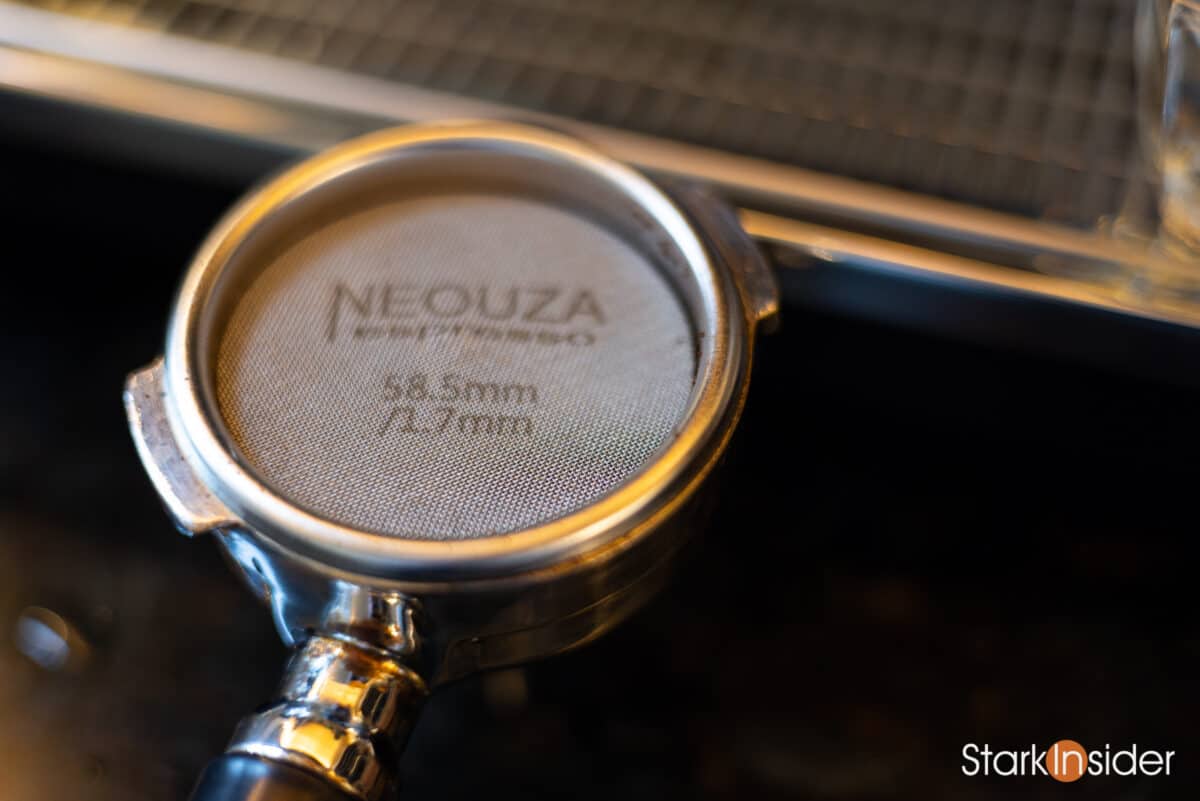
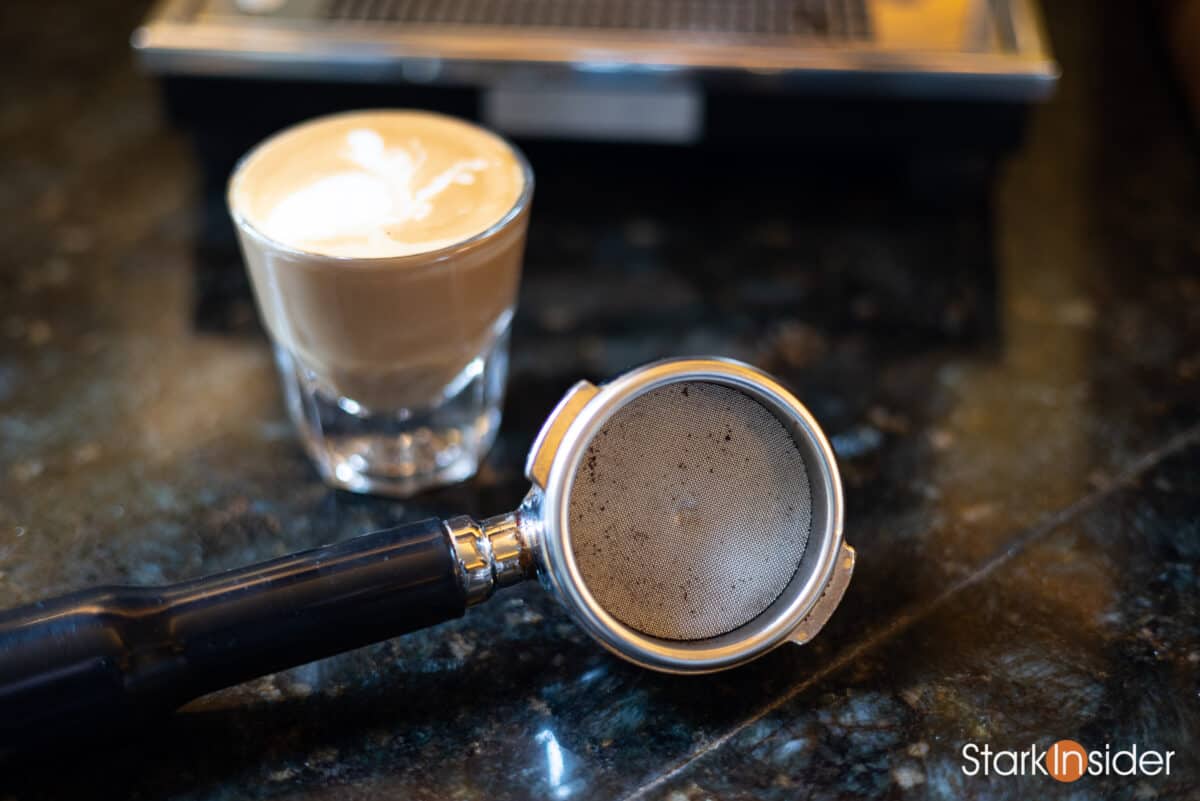
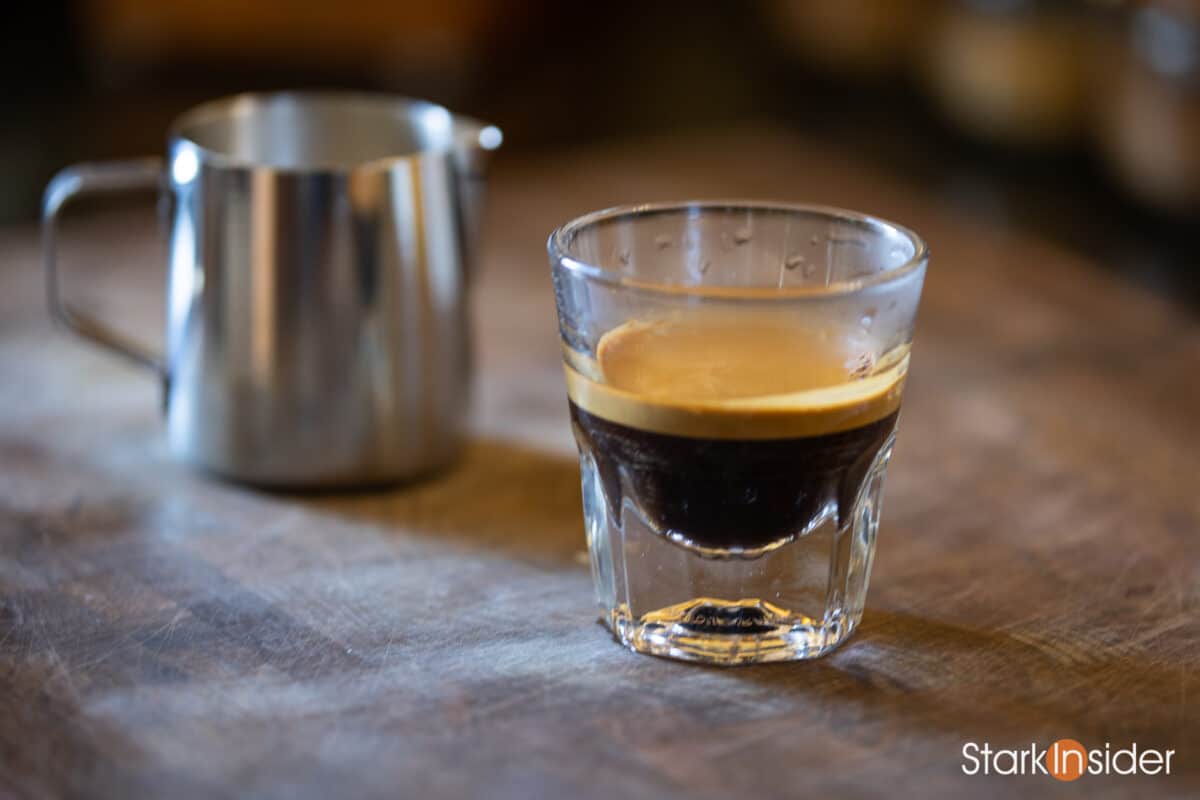
Espresso Puck Screen: Pros and Cons
| Pros | Cons |
|---|---|
| Cleaner shower screens | Slightly reduces basket capacity |
| More even extraction (less channeling) | Initial adjustment period required |
| Improved crema and taste | Potential minor indentation issues |
| Low cost | Another accessory to manage |
Verdict: Should You Get a Puck Screen?
Yes, absolutely—especially given their low cost. If you’re just starting out, master the basics first (grinding, tamping, frothing). Once confident, introduce the puck screen into your workflow to further refine your espresso shots.
Tip: Use slightly less coffee grind in your portafilter to accommodate the puck screen. Be gentle locking the portafilter into the group head initially to avoid any potential damage.
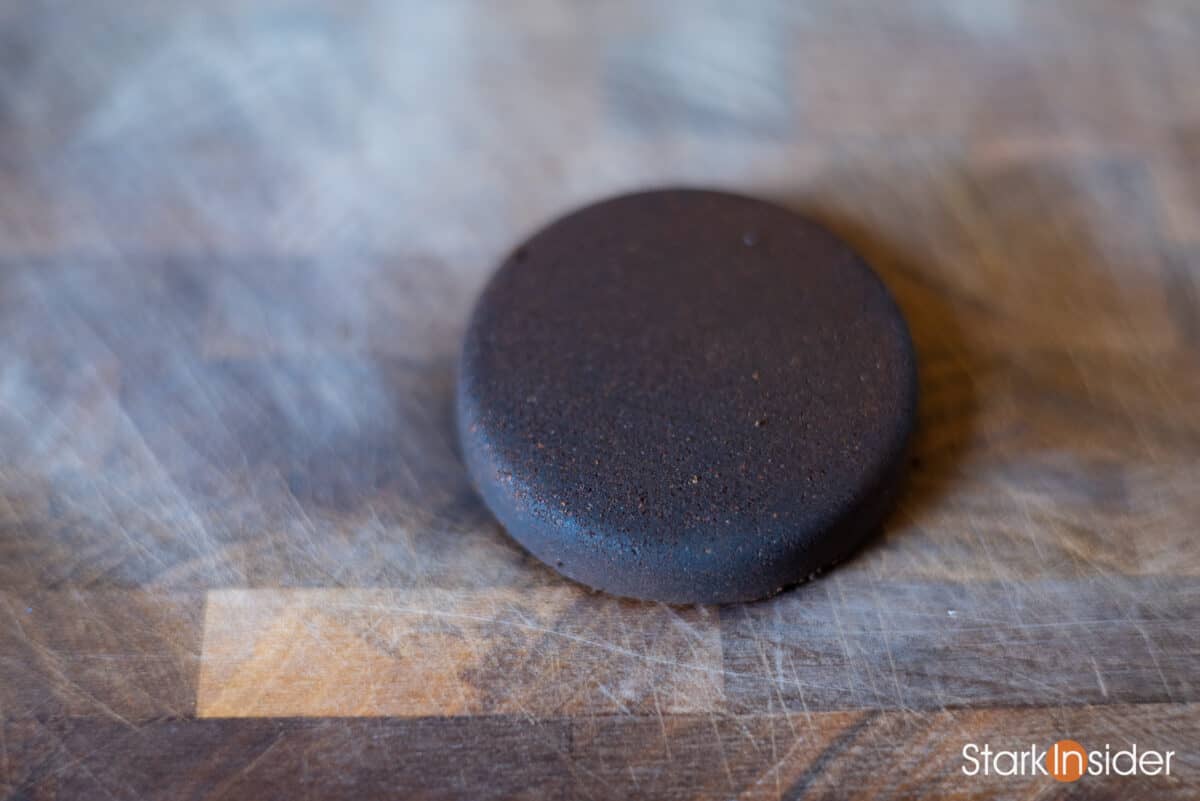
Espresso accessories range from simple enjoyment (whistling while you brew) to obsessively scientific (tablets and graphs). I fall comfortably in the middle—open to improvement but content with my workflow. And yes, I still cringe a bit at espresso machines tethered to iPads.
ALSO SEE:
Gaggia Classic Pro vs. Rancilio Silvia: Which Should You Buy?
In the end, small improvements matter. The puck screen delivers exactly that: less cleanup, improved taste, and minimal workflow disruption.
Ready to try one yourself? Here are a few recommendations:
Tip:
I had to use slightly less grind in my portafilter basket to allow room for the puck screen.
Also, you may notice clocking in takes a little more force, especially the first time. The shower screen on my Pasquini has a slightly protruding screw holding it in place. Most should be flush. But in my case the screw did cause a minor indentation. Doesn’t seem to be an issue. But do be careful you don’t damage anything in your group head when using one of these.
ALSO SEE: Does the Jura Z10 make good quality espresso? A spent espresso puck may hold a clue
In the case of the puck screen, I did see improvements by trying something new, albeit minor. That in itself is part of the evolution of the craft I think the tinkerers might suggest is partly the goal. Let’s not just stick to the ways of the past, but let’s move the goal posts.
All well and good, but please, please do not try to connect your iPad to my espresso machine.
Because making espresso is a contact sport!
In the end I do recommend a puck screen, be it the one above from NEOUZA or perhaps pay a little more for a combo from Normcore which includes both a 1.7mm screen and 1mm screen so you choose depending on your dose. In our tests the puck screen performed as advertised. And, best of all, it doesn’t require much effort to use and should have minimal impact on your workflow in terms of time — but should save a lot of maintenance hassle later thanks to keeping the group head and shower screen cleaner.
Another quick tip:
A puck screen is handy for chopping up used espresso pucks in a knock box. Slice and dice. And then later use that as fertilizer for the garden.
After putting the puck screen on top of your tamped dose, the water will flow as follows:
- Group Head >>
- Shower Screen >>
- Puck Screen >>
- Tamped Puck >>
- Filter Basket >>
- … into your espresso container of choice


